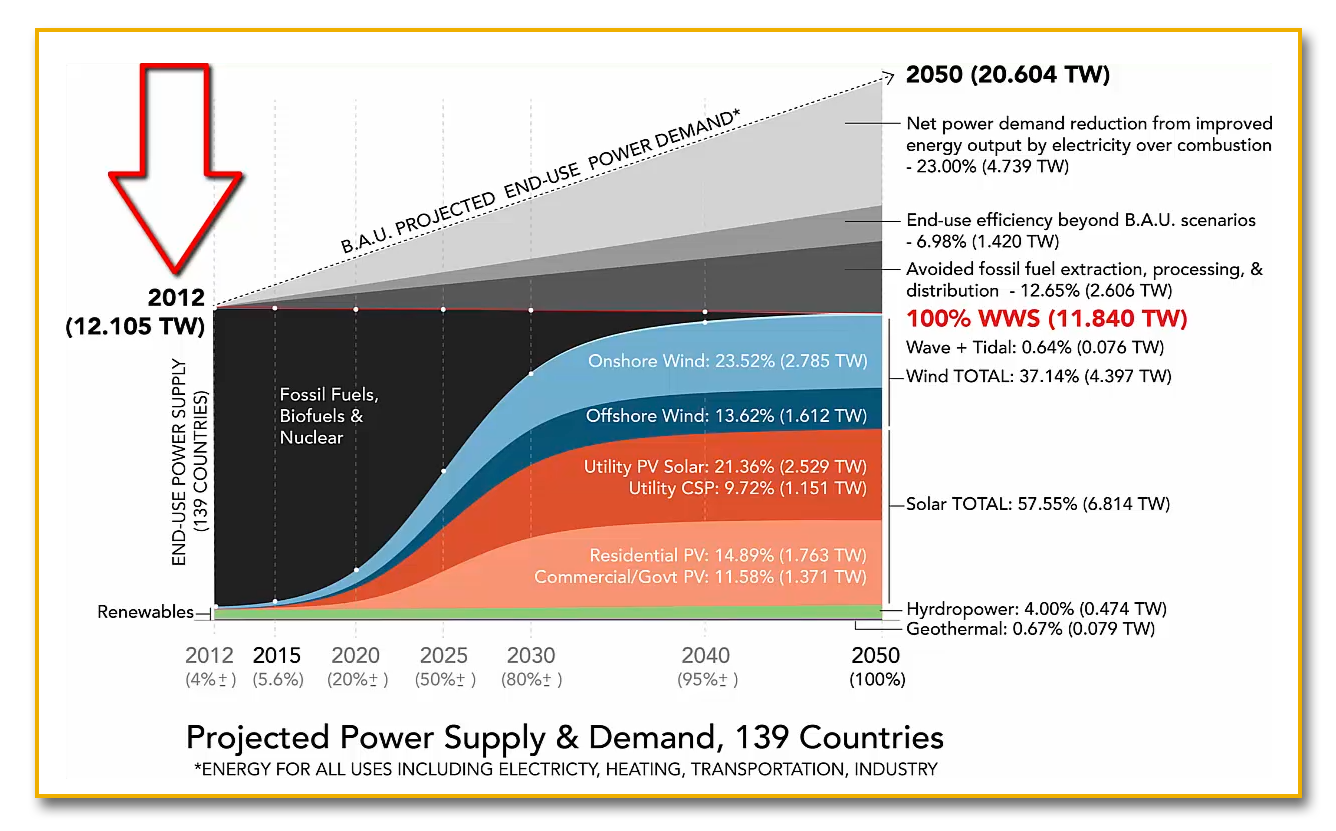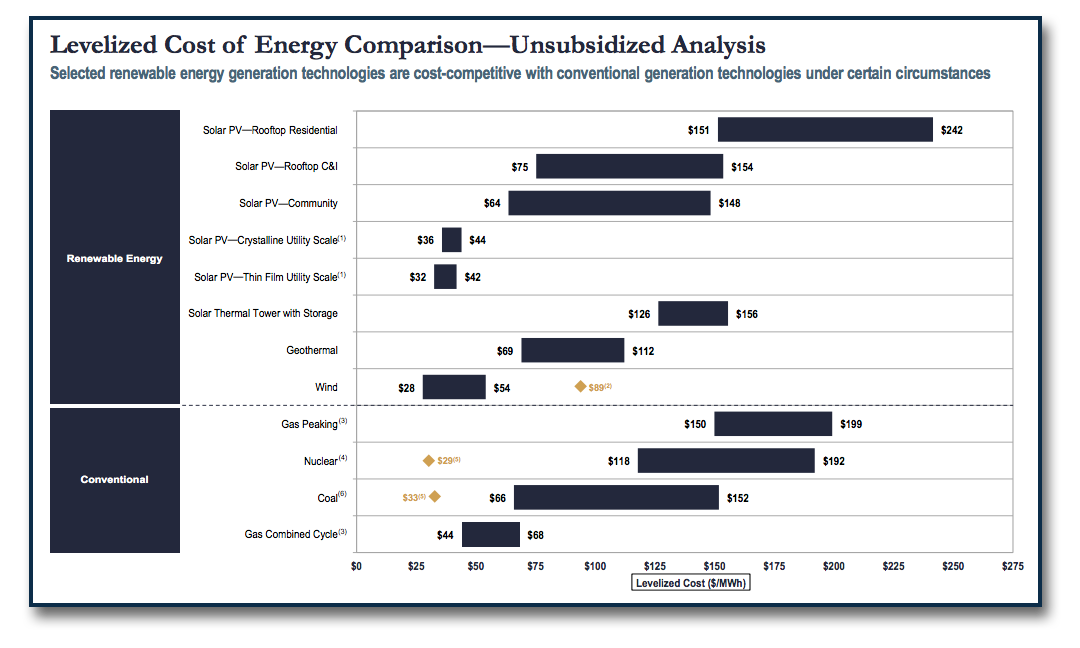As of July 28, 2020, 166 U.S. cities and towns had committed to achieving at least one RF100 energy goal. Norman, Oklahoma, is one of these committed cities. Download Full List
In 2011, the City of Tulsa published its City of Tulsa Sustainability Plan: Resource Efficiency, Clean Energy, and Leading Growth in the New Economy. It was Tulsa’s first (and sadly only) Sustainability Plan. Unfortunately, this plan has not been implemented. But it demonstrates that there is lurking in Tulsa the political will to bring about a clean renewable energy future. Below are highlights from this plan.
Download Full Plan
Mayor Dewey F. Bartlett’s foreword stated “to ensure future success, cities must look for energy solutions that will save money and diversify energy sources. Adding alternative energy to traditional energy will reduce operational expenses, save taxpayer dollars, and lessen our impact on air quality. It is our goal to be an example for other organizations within our city and to be a catalyst for job creation and expansion in energy industries.”
In its executive summary, the Plan said “Tulsa has the opportunity to leverage its historic position as a leading region for production, manufacturing, and services in the oil and gas industry to become a leading region in clean energy and many of the other industries that compose the Clean Tech industry cluster.” It also said that the city should explore “city ownership of the local electric utility franchise [because it] allows a city to align the policies and economic power of the local utility with local needs and opportunities, including economic development opportunities.” Plan at 2.
Most importantly, in its Economic Development Section, the Plan recognized that “an economic transformation taking place today—a transformation from an old economy that is high pollution, high carbon, waste intensive, and ecologically disruptive, to a new economy that is low pollution, energy/resource efficient, low or zero carbon and ecologically supportive. Businesses, cities, and regions that lead this economic transformation will prosper because the new economy will outperform and eventually replace the old one in the long run. Businesses, cities, and regions that lag are in danger of being left behind.” Plan at 133.
The new economy described above captures the RF100 Tulsa Campaign’s vision of Tulsa’s clean renewable energy future. Our RF100 Tulsa Campaign exists in part because we do not want Tulsa to be left behind.

